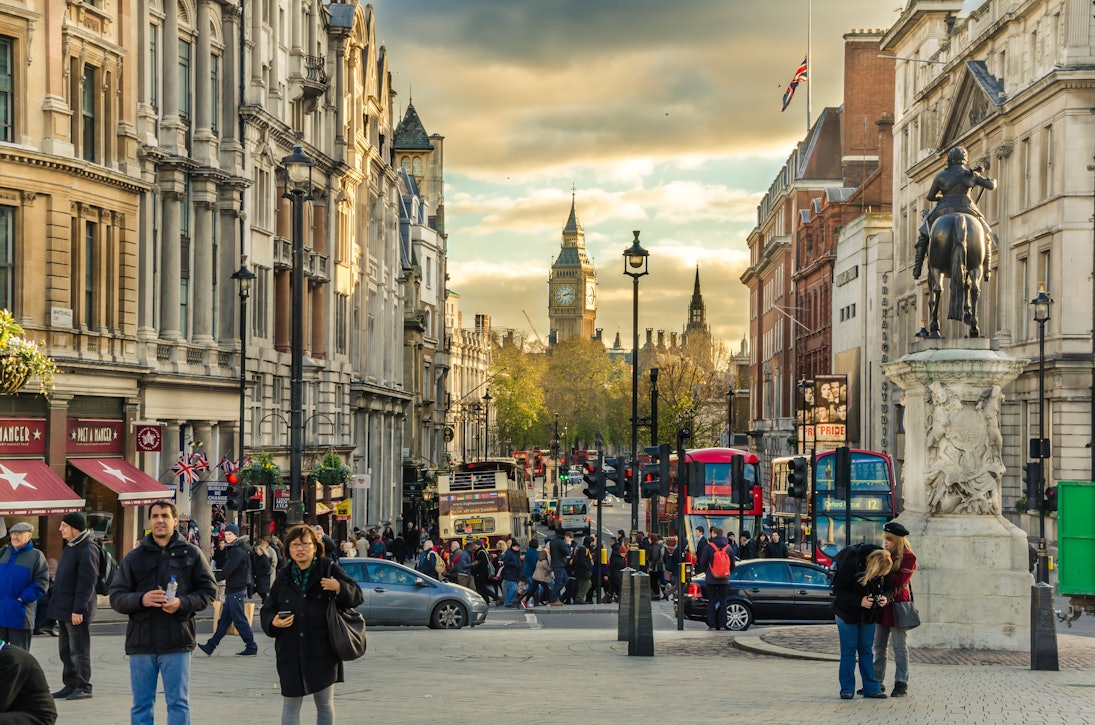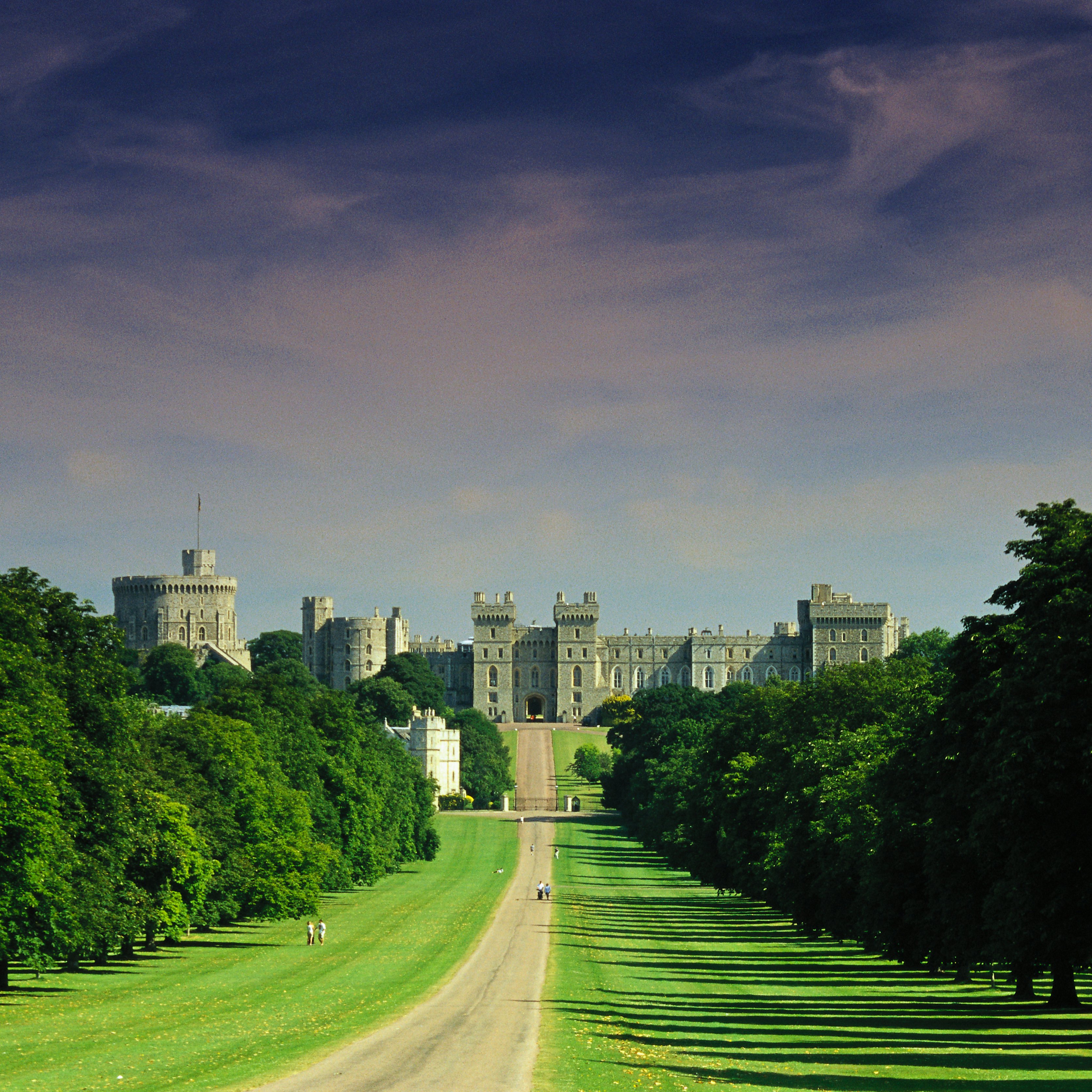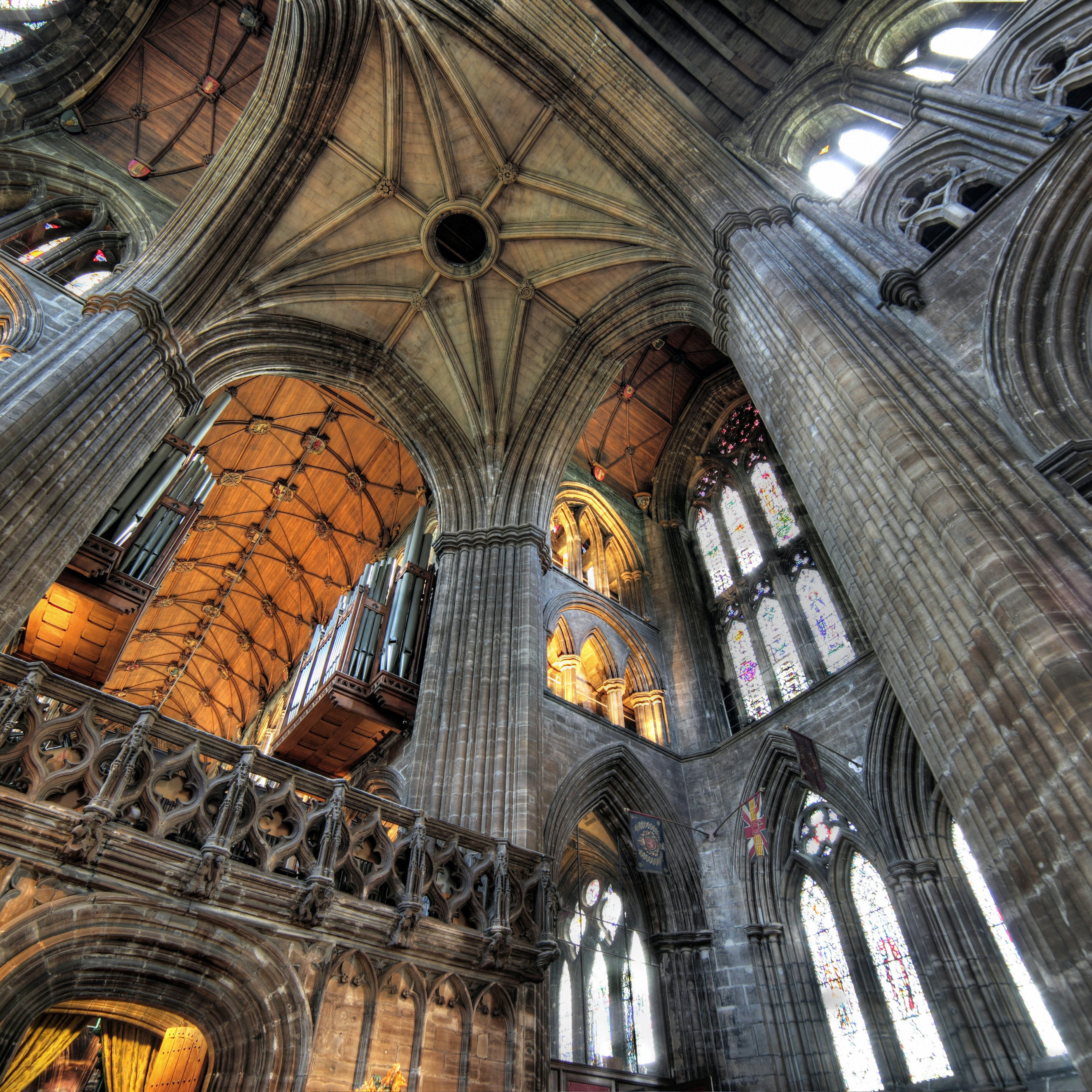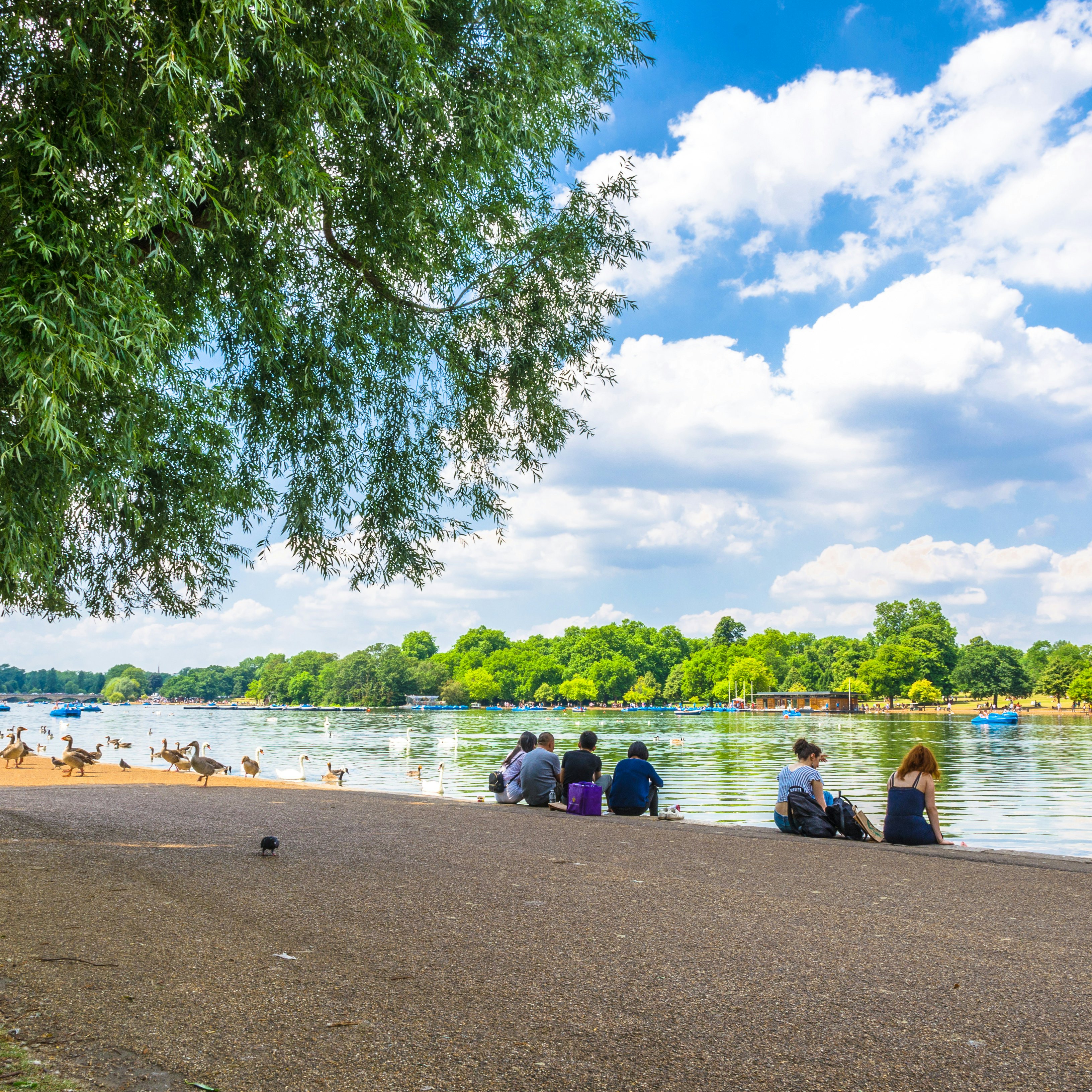

©Albert Pego/Shutterstock
Overview
Made up of Great Britain and Northern Ireland, the United Kingdom is a historic state is packed with appeal for the visitor, from pulsing cities to stunning countryside.
Plan your trip with Guide, an AI travel planner!
Create a personalized trip itinerary in seconds using artificial intelligence.
Must-see attractions
Planning Tools
Expert guidance to help you plan your trip
Best Places to Visit
Experience the charm of the seaside with our pick of the best coastal towns in the UK.
Read full article
Best Time to Visit
Plan your UK trip with our seasonal guide. From summer festivals and stunning coastlines to cozy winter escapes, find the best time to visit the UK.
Read full article
Visa Requirements
Planning a trip to the UK? You may need to apply for the new ETA or a visa.
Read full article
in partnership with getyourguide




















